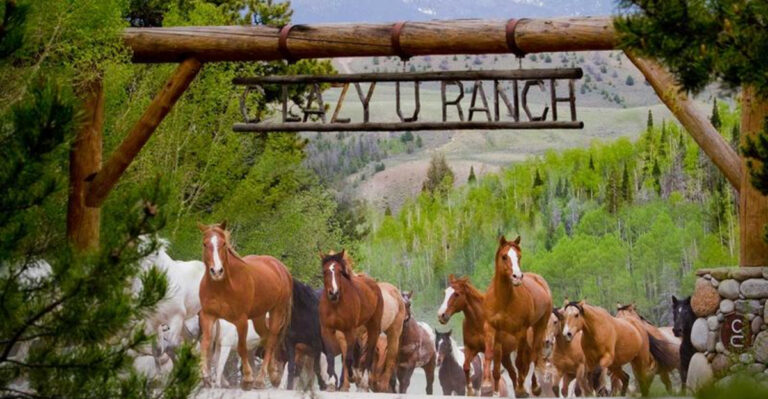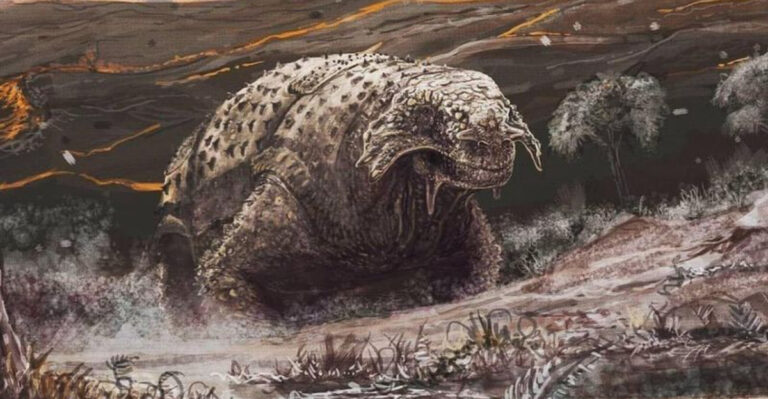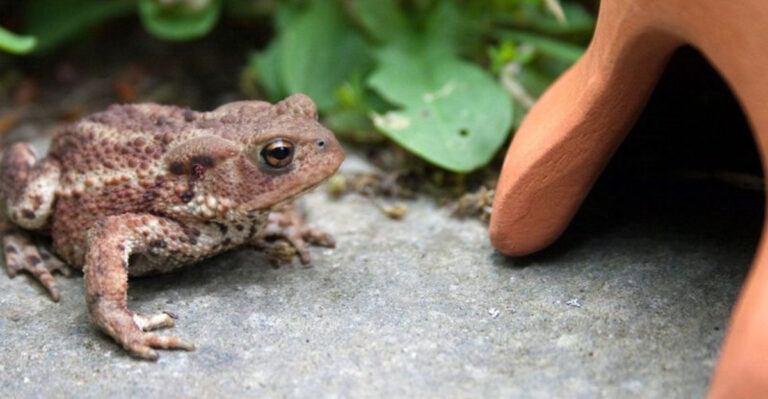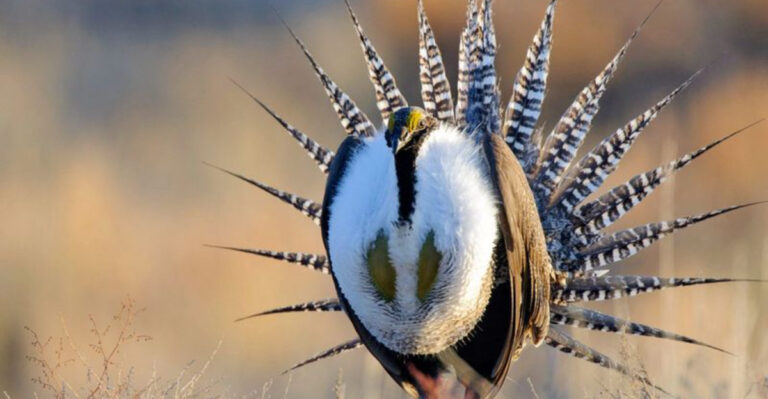14 Reasons Why Snakes Flick Their Tongues (What’s The Secret?)
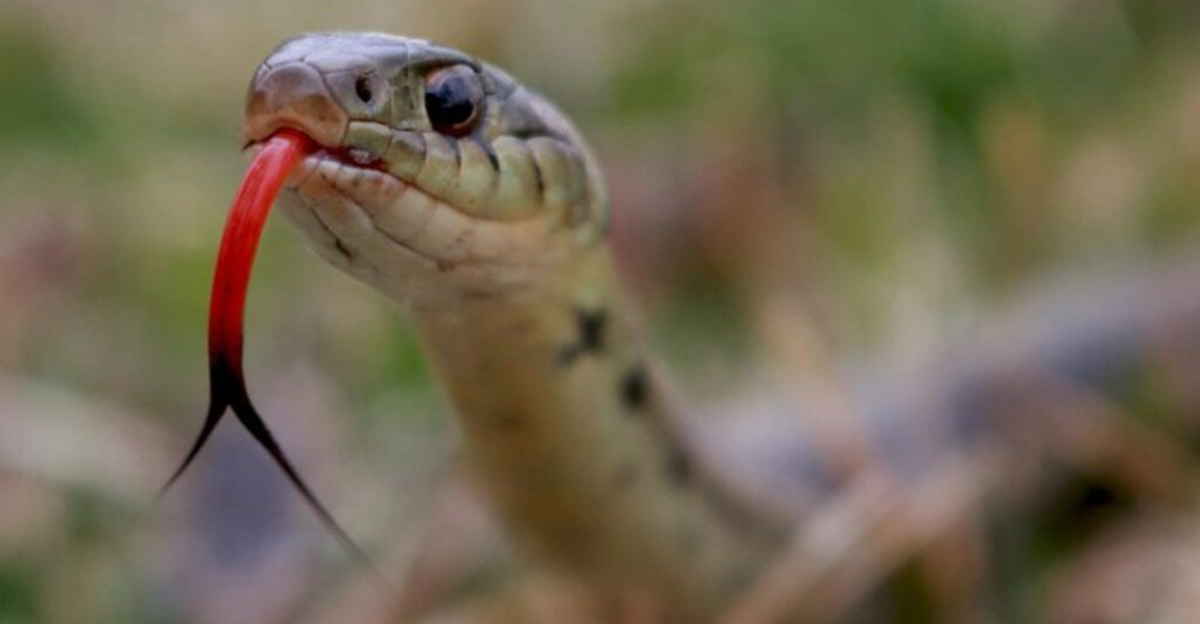
Did you ever think a snake’s tongue could be the Swiss army knife of the animal world? These slithering creatures flick their tongues for reasons that are as complex as they are fascinating.
It’s not just about flicking around for fun; each flick serves a purpose that helps them survive and thrive in their environment.
1. To Detect Scents
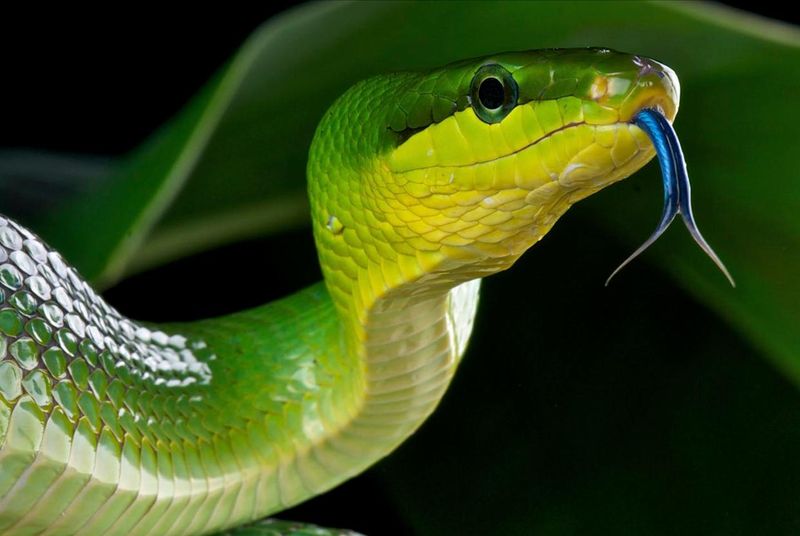
In the air around them, snakes capture scents like you might catch a whiff of a bakery down the street. With each flick of their tongues, they gather scent molecules.
These are processed by Jacobsen’s organ, nestled comfortably on the roof of their mouth. It’s like having a built-in GPS that sniffs out the neighborhood. The result? A clear map of their environment, all without a smartphone in sight.
2. To Track Prey
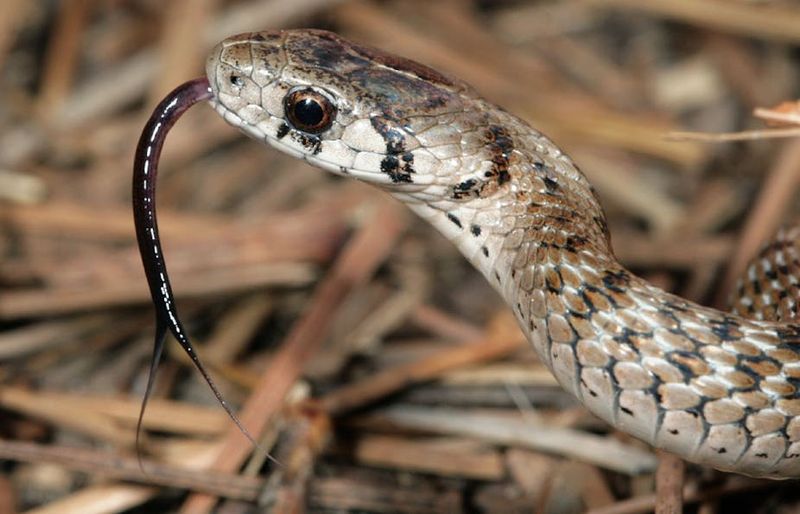
When it comes to hunting, snakes have something of a cheat code. Their tongues flick out, picking up scent trails left behind by unsuspecting prey. With each flick, they refine their path, honing in on potential meals.
This precision tracking system is especially handy in dim light or dense underbrush. It’s a masterclass in efficiency, allowing snakes to navigate and ambush with ninja-level stealth.
3. For Navigation

Think of a snake’s tongue as a compass, helping them navigate tricky terrain. By flicking their tongues, they collect vital environmental cues. These can include the scent of predators or the reassuring aroma of a familiar path.
It’s an ingenious way to avoid danger and find safe routes. This sensory navigation is essential in habitats where every rock and branch tells a story.
4. To Find Mates
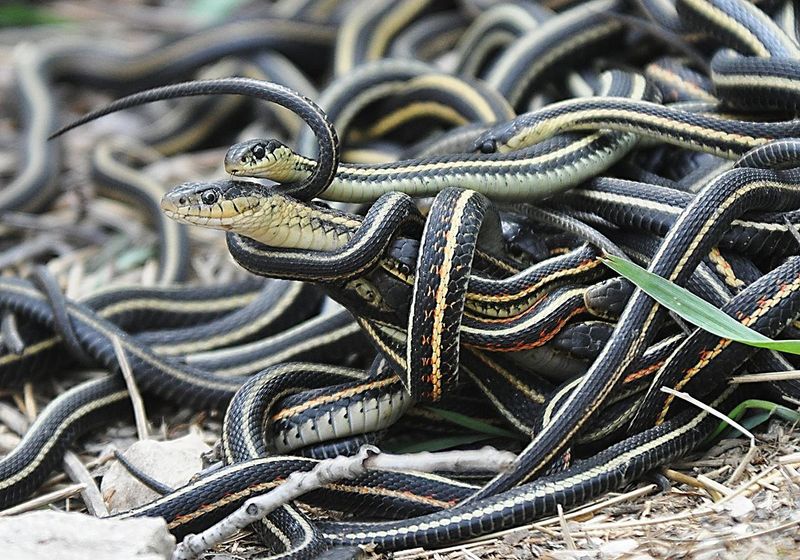
Love is in the air, quite literally, for snakes on the prowl for a mate. During mating season, they rely on tongue flicking to detect pheromones. These tell-tale chemical signals guide them to potential partners.
It’s like having a matchmaking service that’s completely natural. For snakes, romance isn’t about flowers and chocolates; it’s all about the scent of chemistry in the breeze.
5. To Assess Surroundings
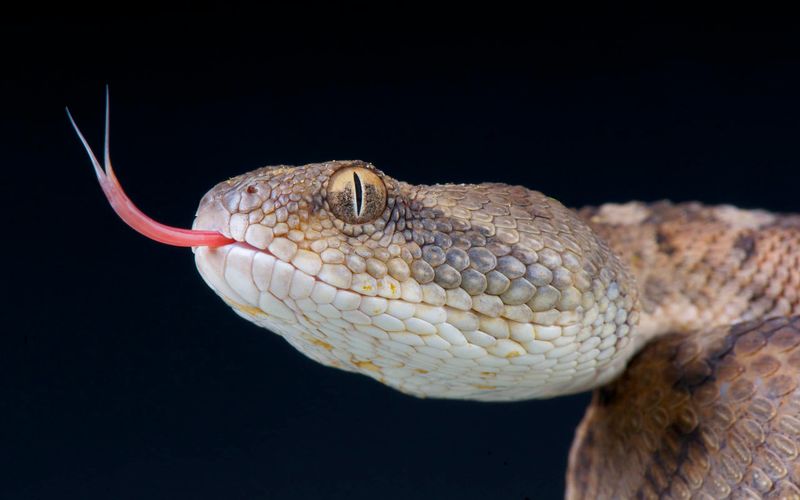
A snake’s tongue is its weather station, picking up subtle changes in temperature and humidity. By flicking their tongues, snakes gather data about their surroundings.
This information is invaluable, helping them decide whether to explore further or retreat. It’s like having a built-in app for microclimatic updates, ensuring they’re always dressed for the occasion, so to speak.
6. To Sense Danger
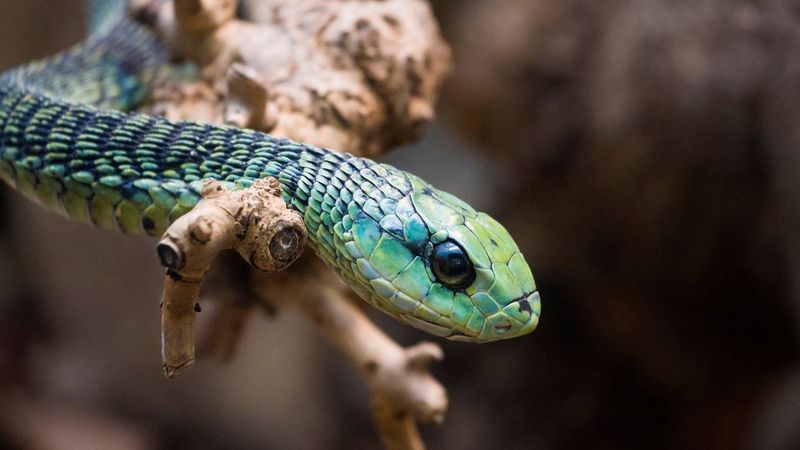
Danger lurks in every corner of the wild, and snakes are always on high alert. Through rapid tongue flicking, they can detect the presence of predators. This early warning system allows them to choose between fight or flight quickly.
It’s an evolutionary advantage that keeps them one step ahead of potential threats. In the wild, survival is all about being aware and ready to react.
7. To Understand Their Territory
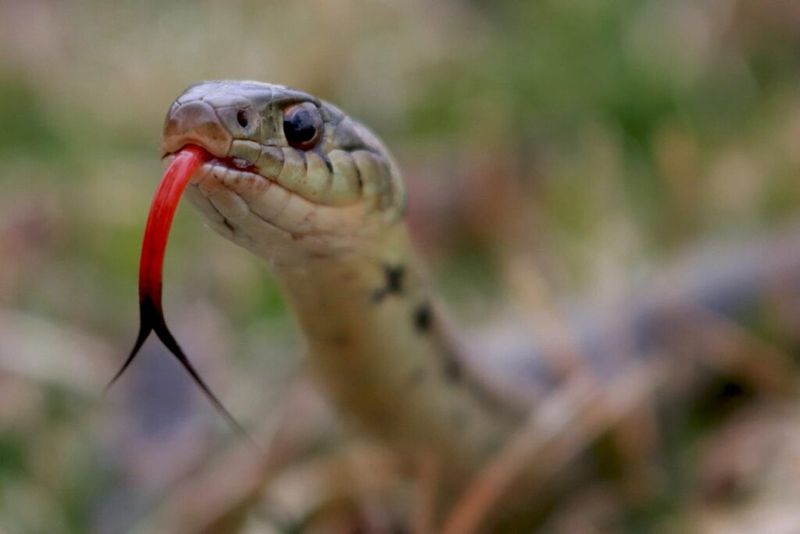
Home is where the tongue flicks. Snakes use their tongues to map out their territory, identifying both intruders and familiar scents. This sensory survey helps them maintain a sense of order and domain.
By constantly updating their mental map, they ensure their turf remains under control. It’s a personal GPS that’s always active, keeping them informed and empowered within their space.
8. To Hunt In Low Light
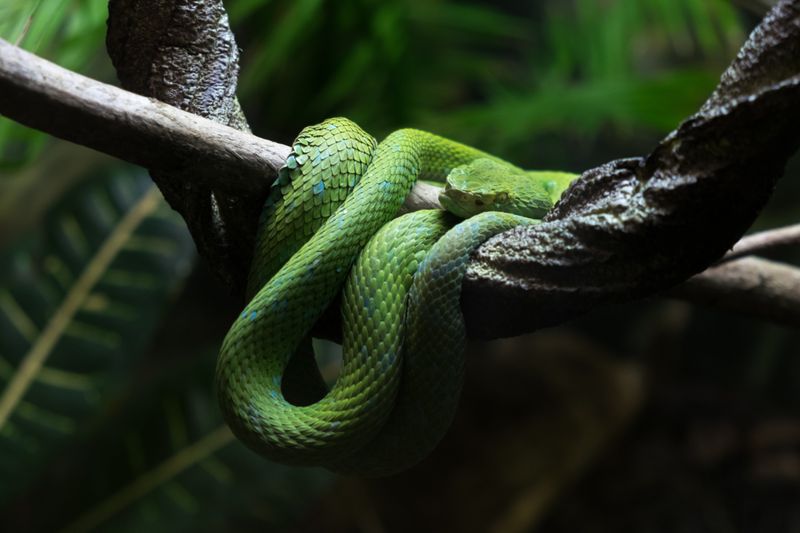
Nighttime doesn’t slow down a snake’s pursuit of prey. With limited vision, their tongues become indispensable tools. Flicking them allows snakes to ‘see’ through scent molecules.
This heightened sense of smell enables them to hunt effectively, even in pitch darkness. Their ability to adapt to low-light conditions showcases nature’s brilliance, turning a disadvantage into a resounding success.
9. To Confirm Their Surroundings
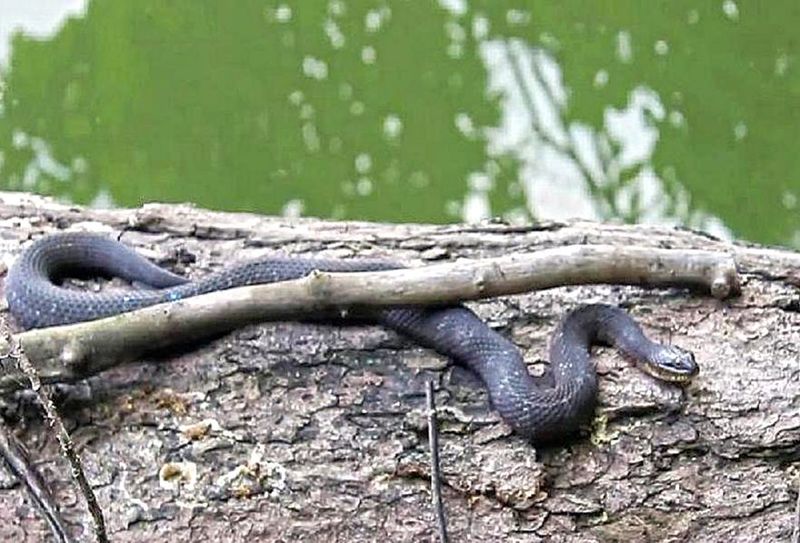
Exploration is a cautious affair for snakes. They flick their tongues to confirm the nature of objects around them, such as potential hiding spots. This sensory check ensures that they don’t stumble into danger unwittingly.
It’s a process of verification, akin to double-checking a locked door. For snakes, staying safe means being thorough and making sure every nook and cranny is assessed.
10. To Communicate With Other Snakes
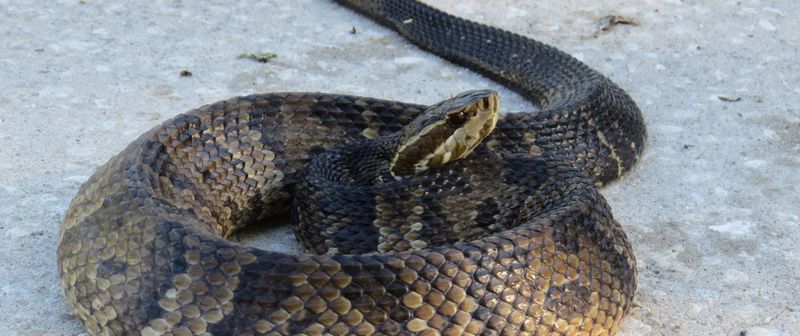
Communication isn’t all hisses and rattles in the snake world. They flick their tongues to pick up pheromones, especially during breeding seasons. These chemical cues are essential for interaction and understanding.
It’s like the animal kingdom’s equivalent of a text message, conveying intentions and responses. Tongue flicking becomes a fundamental part of their social language, bridging gaps between individuals.
11. To Search For Water
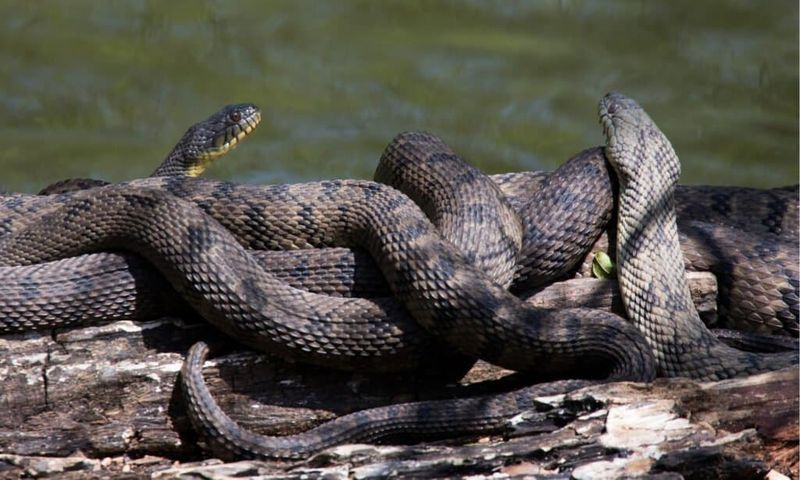
Hydration hunt is serious business for snakes. They flick their tongues to detect moisture-based scents that lead them to water. This ability to locate hydration sources is vital in arid environments.
By following these subtle cues, snakes ensure they remain hydrated and healthy. It’s a survival tactic that showcases their adaptability, turning inhospitable landscapes into livable habitats.
12. To Detect Changes In The Weather
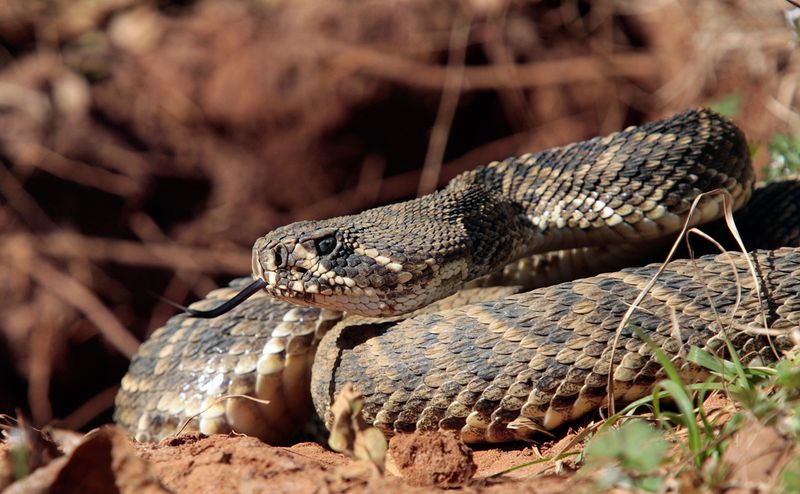
Weather forecasting isn’t just for humans. Snakes use tongue flicks to sense changes in weather, like shifts in humidity or impending rainfall. This weather awareness helps them determine the best times to hunt or take shelter.
It’s an intuitive connection to nature that ensures they’re always one step ahead of the elements. Being in tune with the environment allows snakes to thrive against the odds.
13. To Process Information About Food
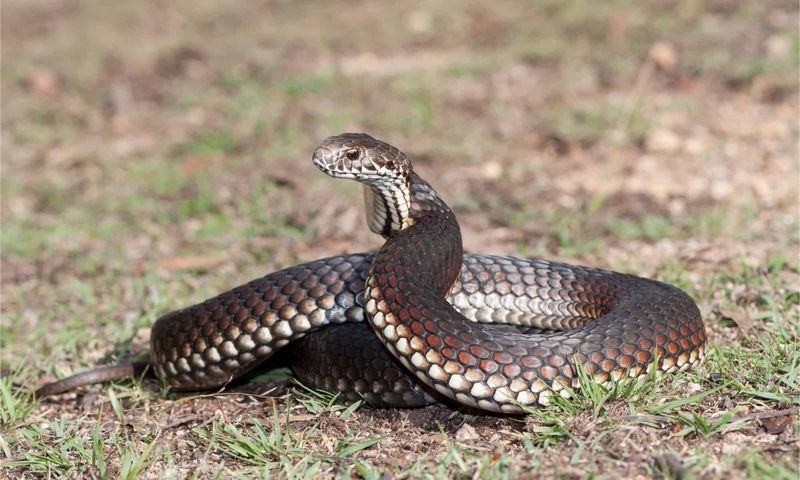
Dinner is served, but identification is key. Snakes flick their tongues to analyze scent molecules left by potential food sources. This process is akin to tasting the air, ensuring what they pursue is indeed edible.
It’s a methodical way to differentiate between a meal and a mishap. For snakes, every tongue flick offers clarity and confirmation, making the hunt a calculated and efficient endeavor.
14. To Maintain Sensory Awareness

Staying in touch with the world around them is a full-time job for snakes. By constantly flicking their tongues, they maintain a high level of sensory awareness.
This ongoing monitoring keeps them updated about changes and events in their environment. It’s like having an always-on security system that ensures they’re never caught off guard. For snakes, awareness is the key to survival and success.


